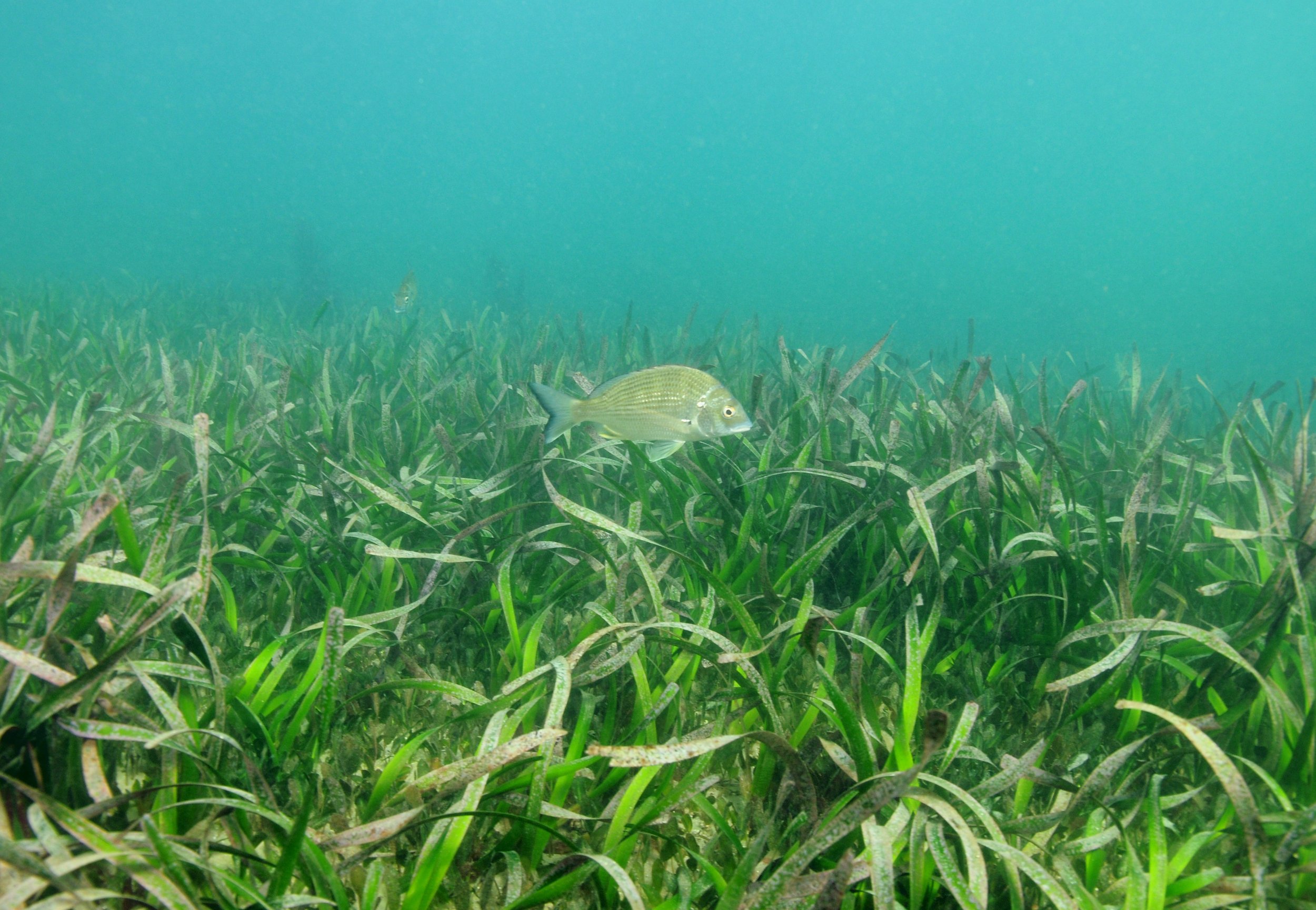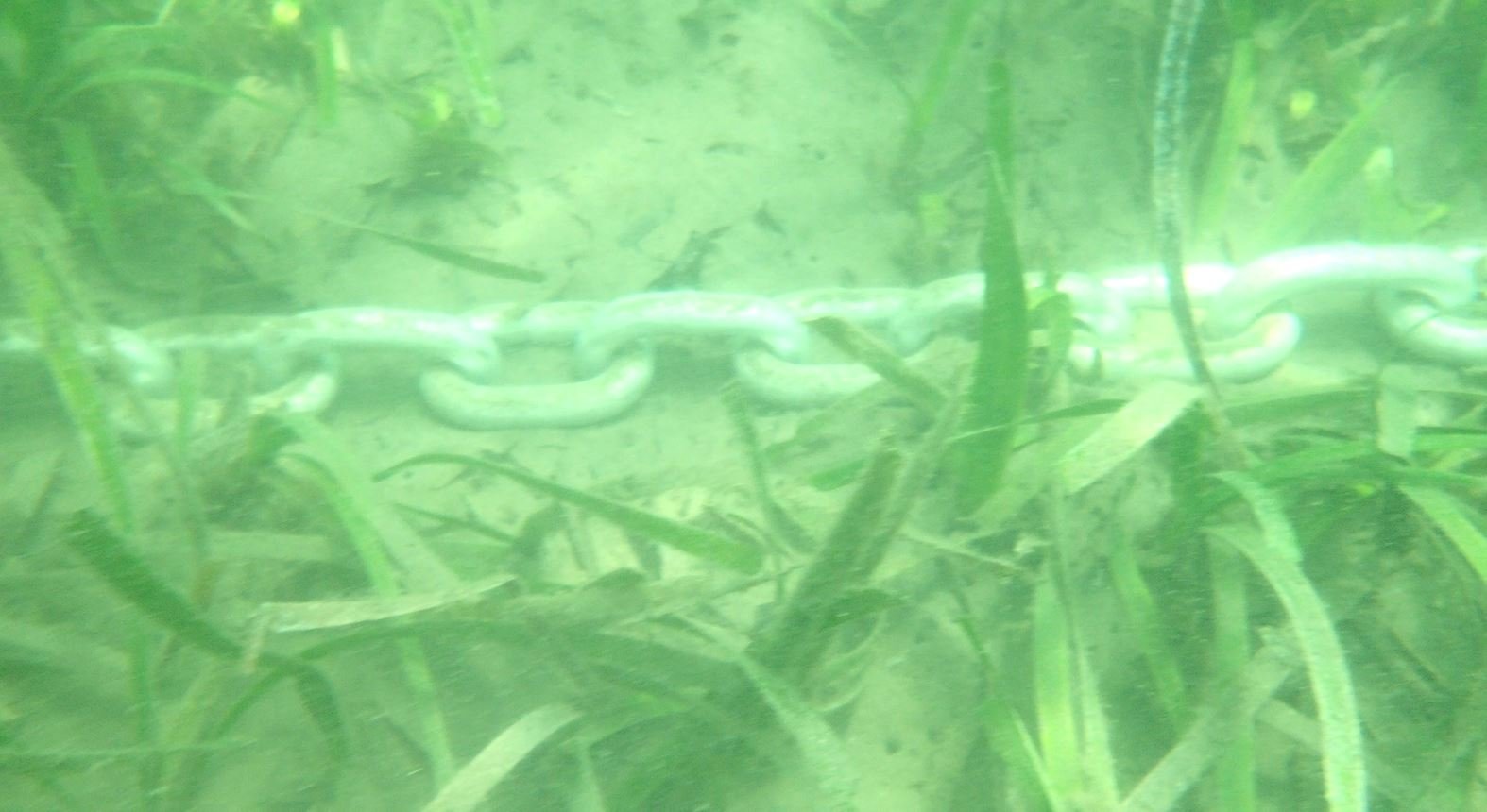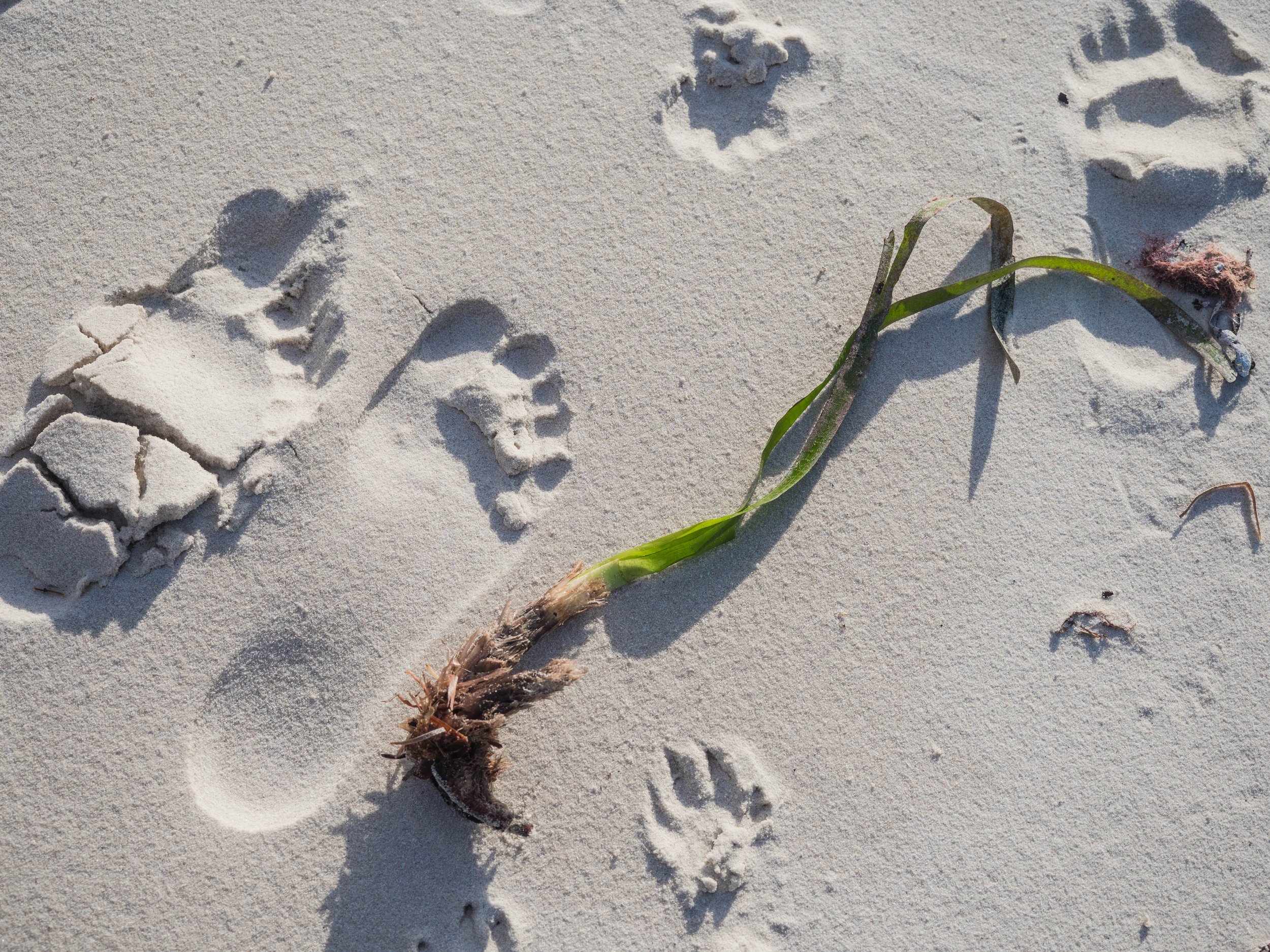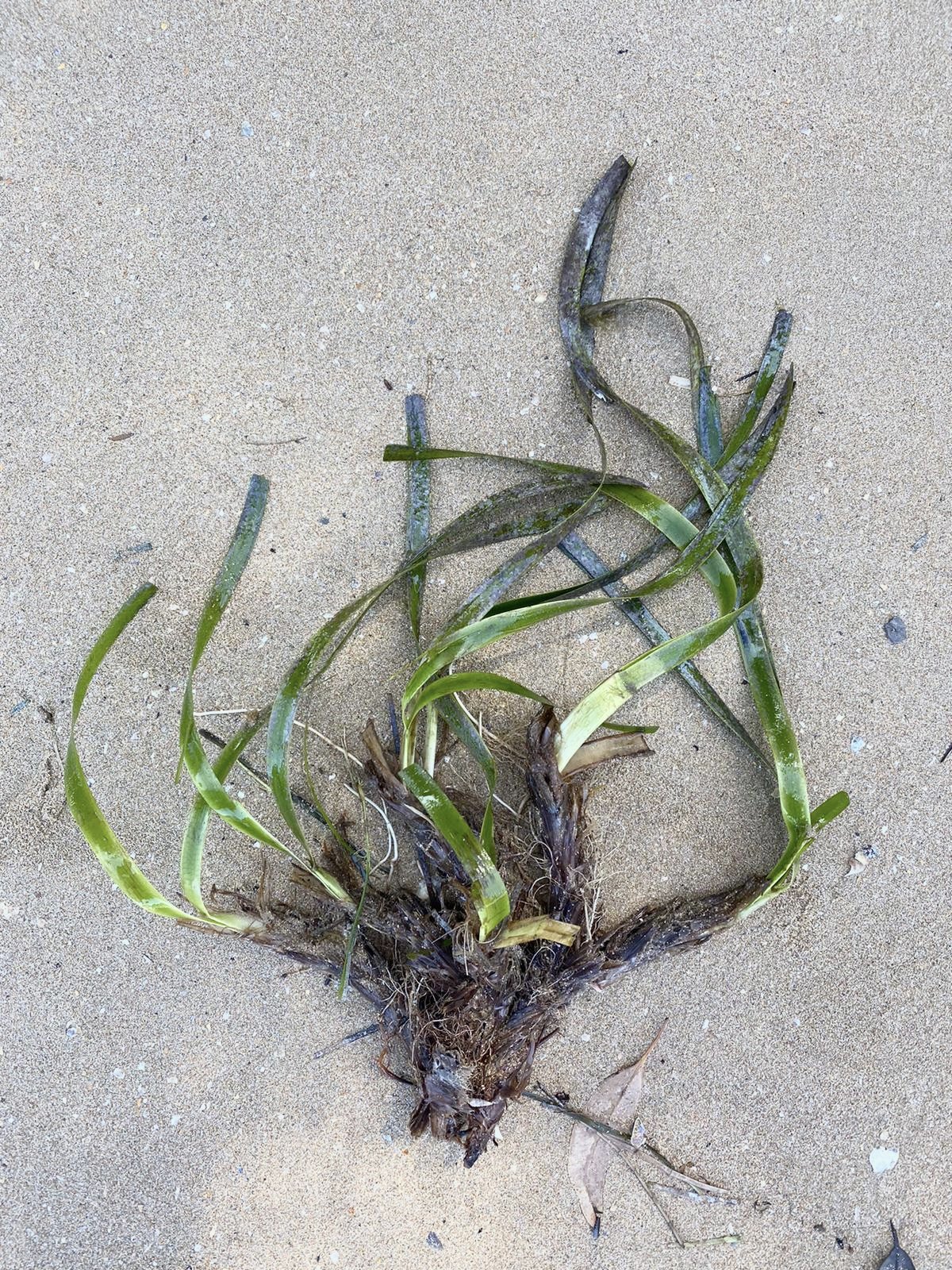
Awaba - Lake Macquarie
A Fisher’s Haven
An Operation Posidonia project was launched in Awaba (Lake Macquarie) in June 2021
This project marked the exciting expansion of Operation Posidonia, using the lessons learned in Port Stephens to upscale restoration efforts to the NSW estuaries where Posidonia is formally listed as endangered by the NSW Government.
Awaba (Lake Macquarie) is well-known for its recreational fishing opportunities. Posidonia australis meadows are critical fish habitat. They are the foundation of food webs, acting as a nursery area and providing an abundance of food and shelter. Bream, mullet, leatherjacket, luderick, blue-swimmer crab and prawns are among the multitude of species that depend on this habitat.
Healthy seagrass meadows mean healthy coastlines and better fishing. Unfortunately, Posidonia meadows in Lake Macquarie are the most impacted by swing moorings in NSW.
These moorings have created significant scars in the seagrass meadows, which have expanded over the years.
Mourning cuttlefish mimicking its environment (Photo by John Turnbull).
"Lake Macquarie, Australia" by eutrophication&hypoxia is licensed under CC BY 2.0.
Bream swimming over a Posidonia meadow (Photo by Dave Harasti).
Mooring scars in Posidonia meadows in Lake Macquarie. Photo: Tim Glasby

Posidonia restoration in action
Collecting beach-cast fragments of Posidonia to replant into areas where it disappeared helps us restore meadows without damaging vulnerable populations.
To do this, we enlisted enthusiastic members of the local community (the Lake Macquarie Storm Squad) to find washed-up fragments before they dry out. The Posidonia shoots collection station was established at Belmont Baths, Brooks Parade.
The collection station was designed so that citizen scientists could drop the beach-cast shoots of Posidonia that they found locally into a PVC tube that would keep them in the water to avoid drying out - see the photo below. The PVC tube was secured to the side of a jetty. The scientist would then collect the shoots from here, to replant them.
Our project in Lake Macquarie wrapped up in November 2022. We thank the Lake Macquarie community for their enthusiasm toward the project over the duration of this project. To learn more about the current restoration and research efforts in Lake Macquarie, check-out our Current Projects section!
UNSW Sydney and the Sydney Institute of Marine Science lead this project in collaboration with OzFish Unlimited, who work around Australia to restore and improve habitat for better fishing. We also collaborated with Lake Macquarie City Council, Transport for NSW, Delta Electricity and NSW Department of Primary Industries.
Operation Posidonia acknowledges the Awabakal People, the Traditional Custodians of Country on which we conduct our research for this project. We recognise their continuing connection to the land and waters, and thank them for protecting this coastline and its ecosystems for many generations. We extend these respects to Elders past and present, and to all First Nations people.








